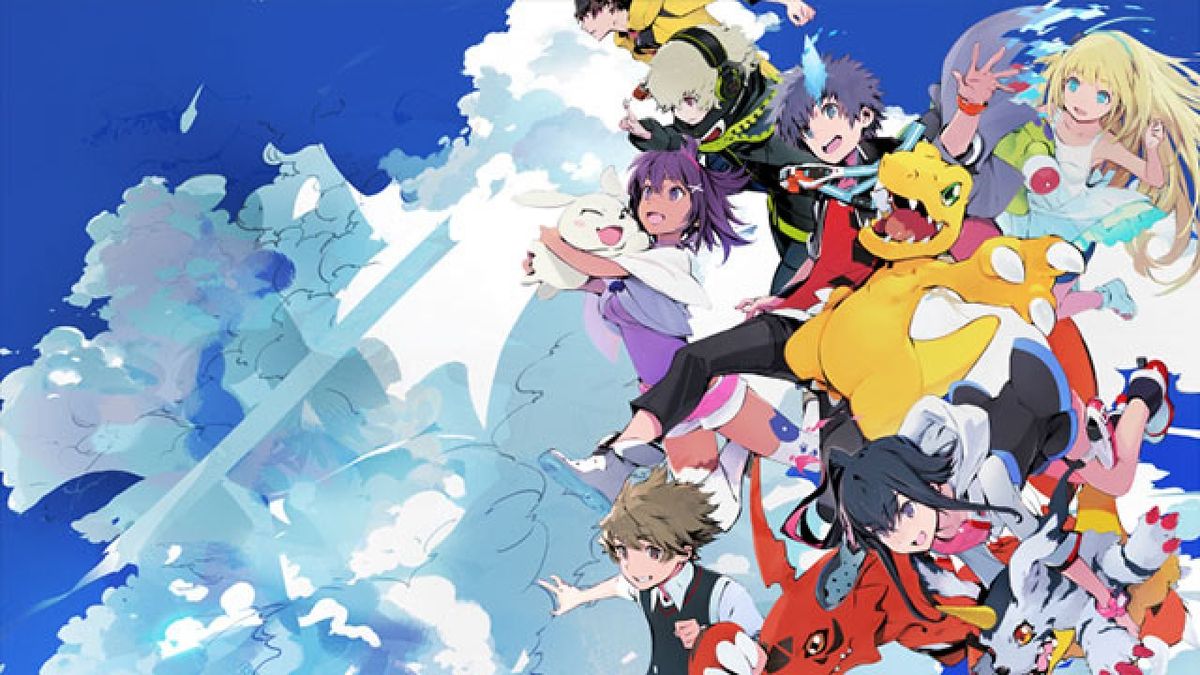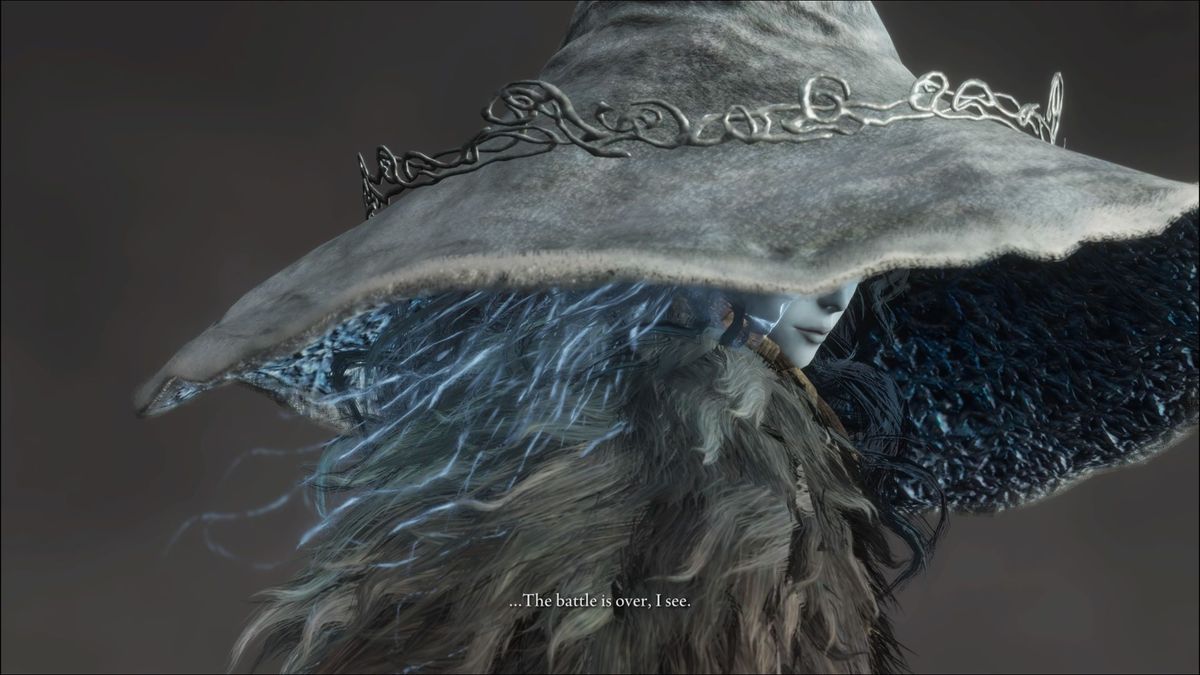Pat Mills talks to SFX about celebrating the Celtic star’s 30th anniversary with special storyline The Books of Scars , starting in this week’s 2000 AD Prog #1844

(opens in new tab)
What exactly is it about Sláine that has made him so enduring over the past three decades?
Great artwork has to be a key factor. And there are the Celtic myths, the comedy and so forth. But ultimately, it has to be because Sláine is a rebel and an outcast. So many heroes in fiction seem to be establishment/authority characters, who may go through periods of rebellion but are really, deep down, upholding and reinforcing what I regard as a negative system.
Sláine is very different to modern-day mainstream superheroes…
He’s dangerous as he raises difficult and challenges perspectives on life, as his Celtic “punk” attitudes do not fit comfortably into our structured view of the past or present. He’s anti “the system” and he genuinely stands for the underdog. The stories reflect this through relevant themes: eg matriarchy (The Horned God) , colonialism (the Boudicca adventure), delinquency (his early adventures with Ukko) and rebellion ( Sláine the King ). As a kid, I’d have liked fictional heroes I could identify with and would be a satisfying template or role model but they just weren’t out there. But I had to make do with very enjoyable, well-written, but upper middleclass heroes usually with right-wing attitudes who accept and uphold the status quo with John Buchan, Dennis Wheatley, Conan Doyle, Captain W E Johns, Ian Fleming and so on. This fictional monopoly is seen as so normal, it’s rarely commented upon. The role of the working class is to know their place as sidekicks to their so much wiser betters.
Do you think that situation is different today?
Possibly, although I’m struggling to think of some mainstream examples, beyond such traditional and thus relatively safe legendary heroes like Robin Hood and Spartacus. Sláine is a very deliberate attempt to create a polar-opposite popular culture hero to this fictional norm. In that respect, he’s like all my other heroes and the comic revolution of the 1970s and 1980s, with 2000 AD in the vanguard, was all about this. Conventional heroes – such as the officer class and the corporate class – were regularly and enjoyably denigrated or satirised in favour of working class heroes. By this, I mean heroes at the sharp end of life. Readers then, and now, feel the same way that I do and want heroes who question and challenge their supposed betters in a meaningful, pro-active and humorous way. Sláine is a prime example of this comic revolution.
To mark his milestone birthday, former Sláine artists Simon Bisley, Glen Fabry, Mike McMahon and Clint Langley are contributing chapters to Book of Scars . What individual qualities did they all originally bring to the strip?
Okay, starting from the top: Simon brought full colour to Sláine with a painted look that raised the bar on comic art as never before. I believe 2000 AD sales shot up when his work first appeared in Sláine . Glenn Fabry made Sláine look like a rock star. That is a pretty mind-blowing achievement, too. His artwork is so beautiful; I could stare at it for hours and have done so. Mike McMahon brought a cool, punk quality and a mastery of sequential art that is truly unique and remembered with great affection. Clint then had the unenviable task of following those artists but he brought something new again: a glossy full colour quality, combined with the strongest expression in Sláine of legendary Pre-Raphaelite art. In the album collections he adds some extra pages, which also bring a unique widescreen sense of cinema to the strip. They are all truly awesome!
What can you tell us about The Book of Scars?
It’s called The Book of Scars because Sláine is the Scarred Man and every scar tells a story. We focus on six of them with a linking story: The Guledig has warped time so that Sláine once again meets his greatest enemies and faces his greatest challenges. Only this time they will be ready for him. These threats are: The Guledig (Clint Langley in colour); The Wickerman and the Bride of Crom (Clint Langley in black and white after Massimo Bellardinelli); Sky Chariots (Mike McMahon in black and white); El Women and Elfric (Glenn Fabry in black and white); Slough Feg and Crom Cruach (Simon Bisley in colour) and Moloch (Clint Langley in colour). The stories are six to nine pages each and all the Sláine covers will be featured in The Book of Scars collection in November.
Epic fantasy is even more popular than ever now with the success of HBO’s Game of Thrones and the The Lord of the Rings and The Hobbit films. Do you think Sláine set any precedents for these stories?
I know Sláine has influenced role-playing games officially and unofficially. Not sure beyond that but it’s certainly true that volumes of Sláine must surely be on many a film director’s shelf as I saw it on Roman Polanski’s book shelves. But how far it influences them would be hard to say but all this fantasy has to be good for Sláine .
After The Book of Scars , you’re planning to reboot Sláine with Simon Davis. What can you can tell us about that?
We’re working on that just now. It’s set in the Isle of Man. This is the island of the Guledig, the three legged Godhead who voluntarily had himself decapitated to separate himself from his “foul” body. It’s about evolutionary ‘progress’ and also impotence in the face of overwhelming power. In Sláine’s time Albion (Britain) is over-run by Demons from Tory Island. They steal from the people, enslave them and impose cruel taxes on them. Tory Island is the legendary home of the Fomorian Sea Demons and is an (authentic) small island off the coast of Northern Ireland. Traditionally, these hideous and grotesque demons emerged through a portal on that island to bring misery to our world. People say to Sláine, ‘”There’s nothing we can do. There’s too many of them. They’re too powerful. We have to obey them,” but Sláine does not agree. His pursuit of the demons takes him to the mysterious Isle of Man where some hideous experiments are taking place. Then it’s a kill or be killed, hunter becomes the hunted, action thriller as Sláine wades into the monsters with axe in hand. Expect torrents of blood before he finally discovers the nightmarish secret of the Isle of Man.
 Game News Video Games Reviews & News
Game News Video Games Reviews & News


